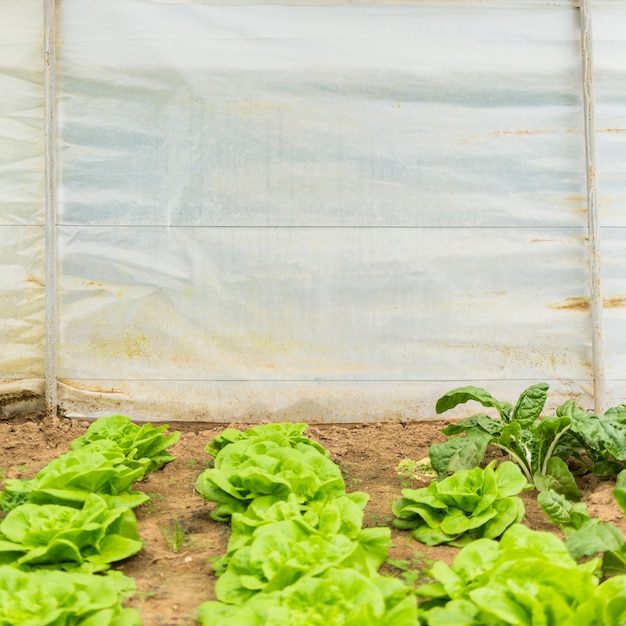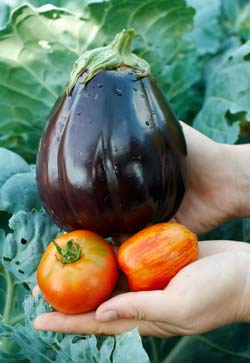

But it is important to lay down a thick layer here. These non-growing areas are the perfect place to use low-cost mulches such as wood chips, shredded bark or even whole leaves. This is exactly where mulch can help save a lot of time and work in your garden! Why spend needless hours hoeing, rototilling and re-tilling your non-productive areas? Instead, this is where you need to place down a heavy layer of mulch to stop weeds permanently. Unfortunately, these areas often require the most work to keep weed free, even though they produce zero crops. Let’s take a look first at the walking areas of your garden These are the areas between plants and around the edges of your garden. Listen In Below To Our Podcast On Eliminating Garden Weeds! Mulching Where You Walk – How To Stop Garden Weeds With Mulch The ideal method for a weed free, low maintenance garden really comes down to choosing the right mulch for the specific areas within a garden – and then applying it in the right thickness to do the job. There are also some mulches to avoid entirely in the garden as they can actually be harmful to plants. Some are great to use around plants, while others should only be used where you walk. One thing is for sure, not all mulches are the same. With all of those benefits in mind, here is a look at how to mulch your garden to stop weeds forever! How To Mulch Your Garden To Stop Weeds And, most importantly for the gardener, one that needs little to no weeding. The end result is a more productive, healthier garden.

Best of all, when the right mulch is chosen, it helps to increase soil fertility as it breaks down over time.

It can also help protect plants from disease and damage. It is a soil insulator, helps retain valuable moisture, and most of all, an incredible weed suppressor. The list of benefits for using mulch in the garden is long and powerful. Here, we use hardwood bark chips to cover our walking rows, and straw to keep weeds out of our growing rows. You don’t have to use the same mulch to cover your garden space.


 0 kommentar(er)
0 kommentar(er)
